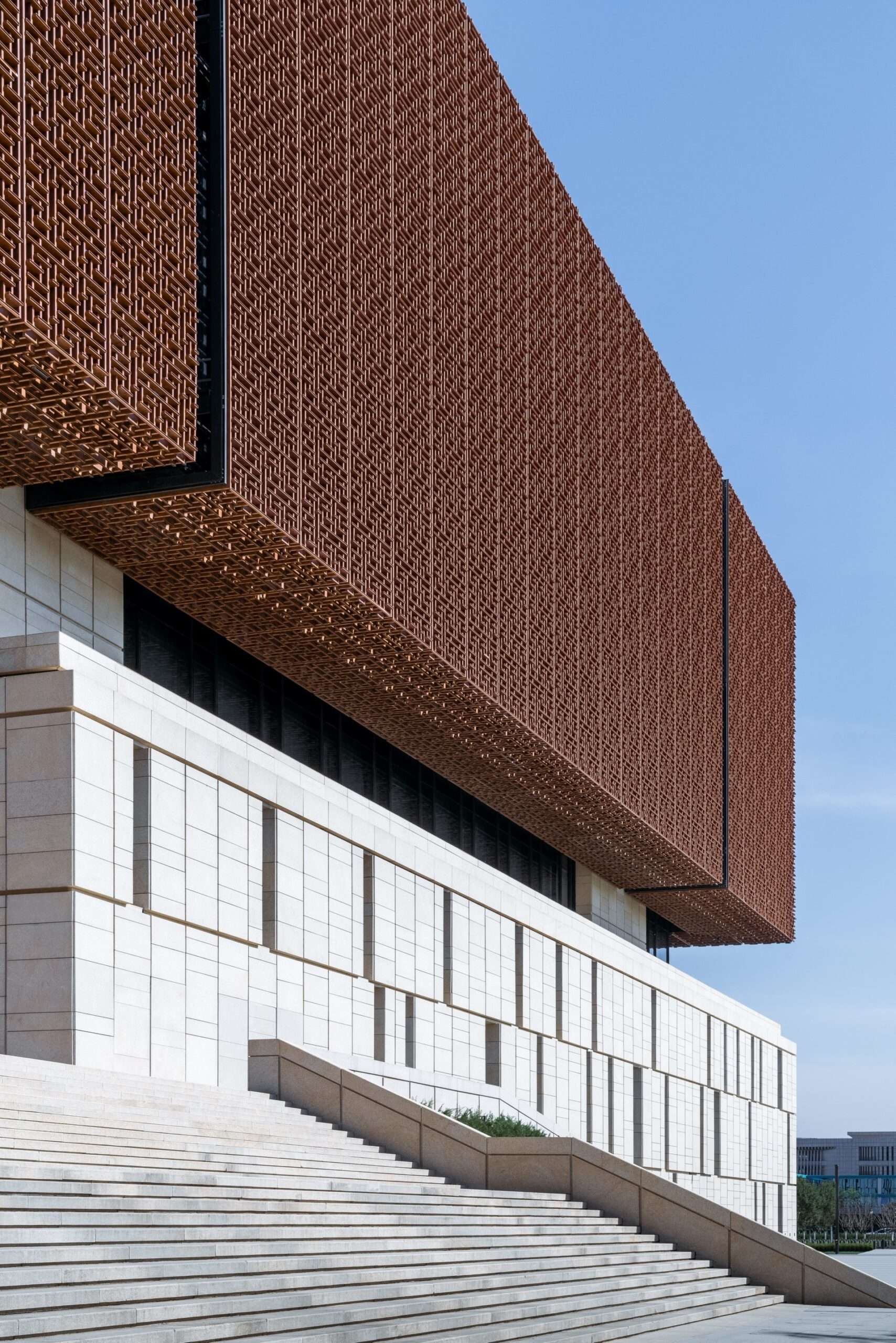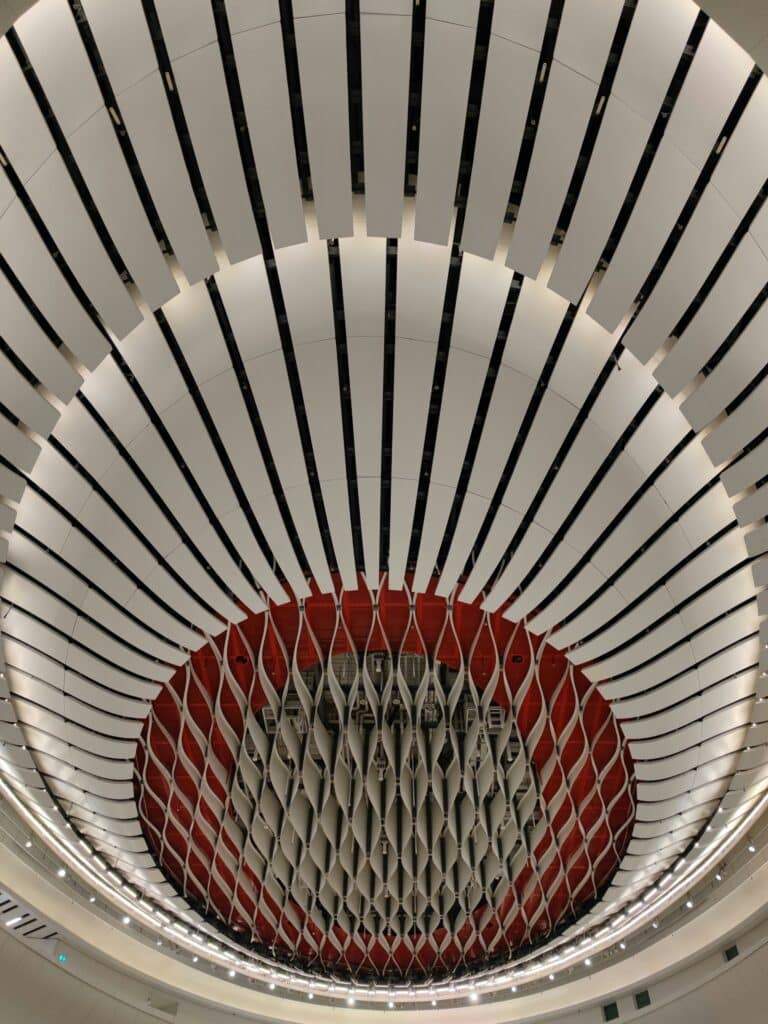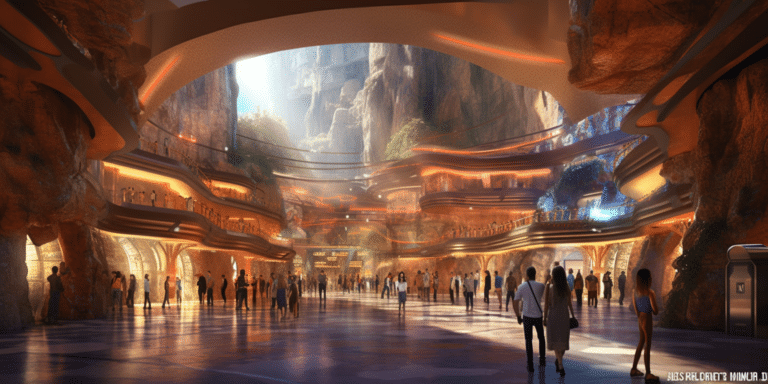The Power of Architecture: Transforming Culture Through Design
Definition of cultural washing in architecture
Architecture has always played a crucial role in shaping the world around us. From ancient civilizations to modern cities, the buildings and structures we create reflect our values, beliefs, and ideas. But architecture is more than just aesthetic appeal; it has the power to transform culture and society. Through innovative design and thoughtful planning, architects have the ability to create spaces that inspire, connect, and uplift communities. In this blog, we will explore the power of architecture and how it can shape our world for the better. Join us as we delve into the transformative potential of architecture and celebrate the architects who are making a difference.
Historical and contemporary examples
As we continue our exploration of the power of architecture, it is important to examine both that showcase the transformative potential of design. Throughout history, we have seen the way architecture has shaped cultures and societies. From the majestic pyramids of Egypt to the intricate temples of Angkor Wat, these structures not only served functional purposes but also embodied the beliefs and values of the civilizations that created them.
In the present day, architects are still harnessing the power of design to make a lasting impact on our communities. Take, for example, the High Line in New York City. What was once an abandoned elevated railway has been transformed into a thriving public park that brings people together, fosters a sense of community, and reconnects residents with nature. This innovative approach to urban design has reimagined an underutilized space and turned it into a vibrant public amenity.
Another compelling example is the Sagrada Família in Barcelona. This awe-inspiring basilica, designed by renowned architect Antoni Gaudí, has become an iconic symbol of the city. Its unique blend of Gothic and Art Nouveau elements not only showcases Gaudí’s genius but also embodies the rich cultural heritage of Catalonia.
These examples, among countless others, demonstrate the power of architecture to shape our culture and enhance our lives. Architecture has the ability to create spaces that inspire, foster connections, and leave a lasting impression on society. In the following sections, we will dive deeper into the specific ways architecture can transform culture and discuss the architects who are leading the way in this transformative field.
Criticism and challenges
While the power of architecture to transform culture cannot be denied, it is important to also acknowledge the that often arise in the field. Just like any other form of art, architecture is subjective, and what one person finds inspiring, another might find unappealing. This subjectivity can lead to heated debates about the value and impact of certain architectural designs.
Additionally, there are practical challenges that architects face when attempting to create transformative designs. Limited budgets, strict regulations, and the need to balance functionality with aesthetics can often hinder ambitious visions. Furthermore, architecture has the potential to gentrify or exclude certain communities if not approached with sensitivity and inclusivity.
Acknowledging these criticisms and challenges is crucial in order to foster a healthy dialogue about the role of architecture in transforming culture. By addressing these concerns, architects can better navigate the complexities of their designs and ensure that their work truly makes a positive impact on society.
In the following sections, we will delve into some of the common criticisms of architecture and discuss ways in which architects can address these challenges. By doing so, we can gain a deeper understanding of the power of architecture and how it can be harnessed to create a more inclusive and transformative cultural landscape.
Architecture and cultural policy
go hand in hand when it comes to transforming culture through design. Cultural policy refers to the guidelines and strategies that governments and institutions put in place to support and promote the arts and culture. This includes architecture as a form of cultural expression.
When cultural policy aligns with the power of architecture, it can lead to significant change in communities. For example, through strategic investment in cultural infrastructure, governments can create spaces that foster creativity, innovation, and local identity. By prioritizing the development of museums, theaters, libraries, and other cultural institutions, they can create hubs of artistic expression that not only enhance the cultural fabric but also have a positive economic impact.
Furthermore, cultural policy can play a key role in addressing the inclusivity and gentrification concerns within the field of architecture. By ensuring that the voices and needs of diverse communities are considered in the design process, cultural policy can facilitate the creation of spaces that are welcoming, accessible, and representative of the local population.
In the next section, we will explore the relationship between cultural policy and architecture in more detail, highlighting success stories and discussing the potential for further collaboration. Together, can become powerful tools for transforming culture and creating a more vibrant and inclusive society.
Impact on local communities
One of the most significant impacts of cultural policy aligning with the power of architecture is the positive transformation it brings to local communities. When governments strategically invest in cultural infrastructure, they create spaces that not only enhance the cultural fabric but also have a profound impact on the local population.
These cultural institutions, such as museums, theaters, and libraries, become vibrant hubs of artistic expression that foster creativity, innovation, and local identity. They provide a platform for artists and performers to showcase their talent and inspire others. By bringing people together, they promote social cohesion and a sense of belonging within the community.
Additionally, the economic impact of these cultural spaces is not to be underestimated. They attract tourists, generate revenue, and have the potential to revitalize neighborhoods. By revitalizing neglected areas, cultural policy can contribute to the overall development and prosperity of a community.
In the next section, we will delve deeper into the impact of cultural policy and architecture on local communities by exploring success stories from around the world. Through these examples, we will see the transformative power these collaborations can have on both the physical landscape and the lives of people within the communities.
The future of architecture as a cultural tool
As we continue to explore the transformative power of architecture and cultural policy, it is important to consider the future of this relationship. The potential for architecture to shape and strengthen culture is immense, and as we move forward, we must recognize the importance of sustainability and inclusivity in design.
In recent years, there has been a growing awareness of the environmental impact of architectural practices. Architects are now incorporating sustainable design principles, such as renewable energy sources and green materials, to create buildings that not only serve the cultural needs of communities but also minimize their ecological footprint. This integration of sustainability in architecture is a positive step towards creating a more sustainable and resilient future.
Furthermore, inclusivity in design is another crucial aspect that needs to be considered moving forward. Architecture has the power to shape how individuals interact with and experience cultural spaces. By designing spaces that are accessible and inclusive to all members of the community, regardless of their physical abilities or cultural backgrounds, we can ensure that everyone has a chance to participate in and benefit from cultural activities.
In the following sections, we will delve into specific examples of innovative architectural projects that exemplify these principles. From sustainable museums to inclusive community centers, these projects demonstrate the potential of architecture to not only transform culture but also create a more equitable and sustainable world.







